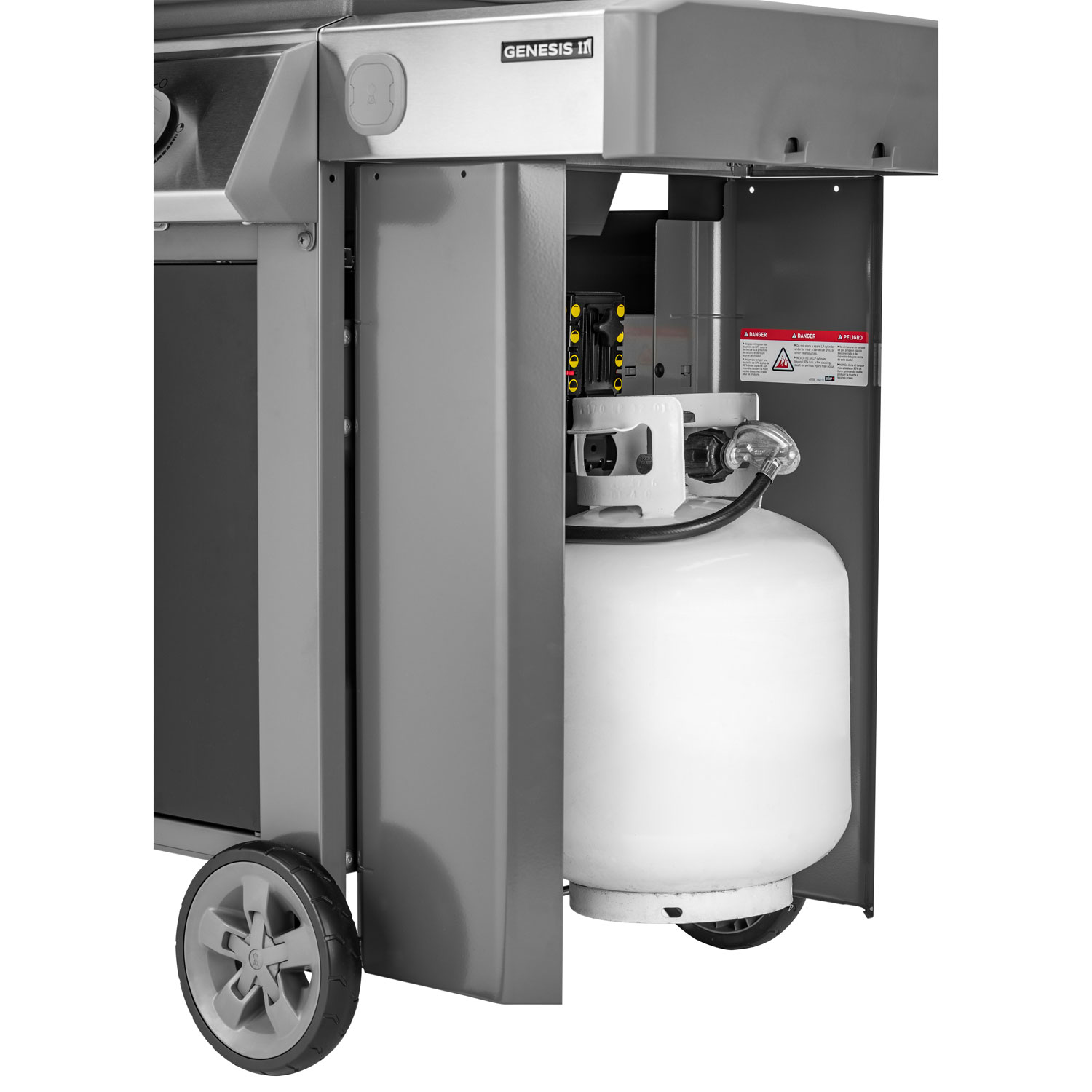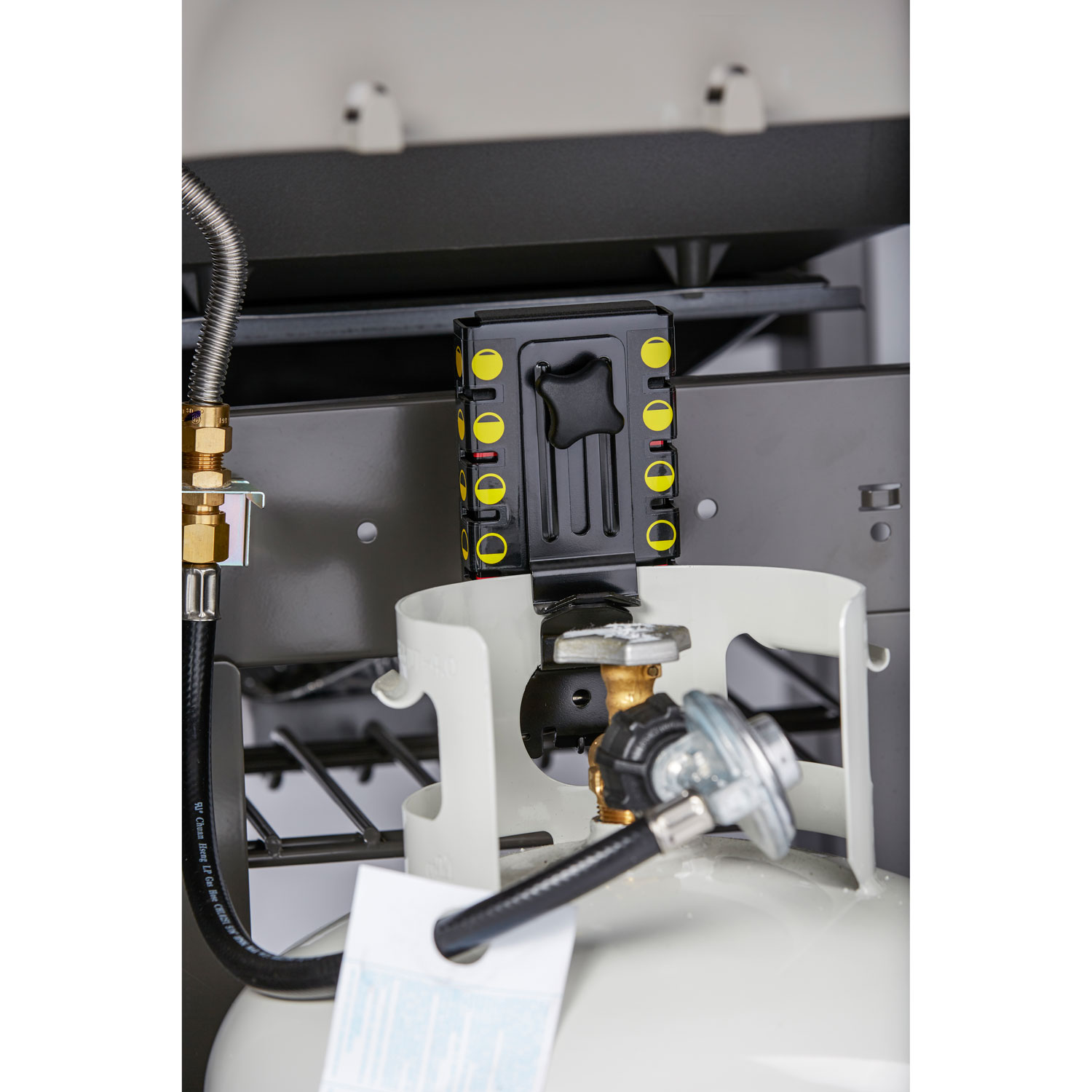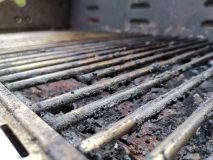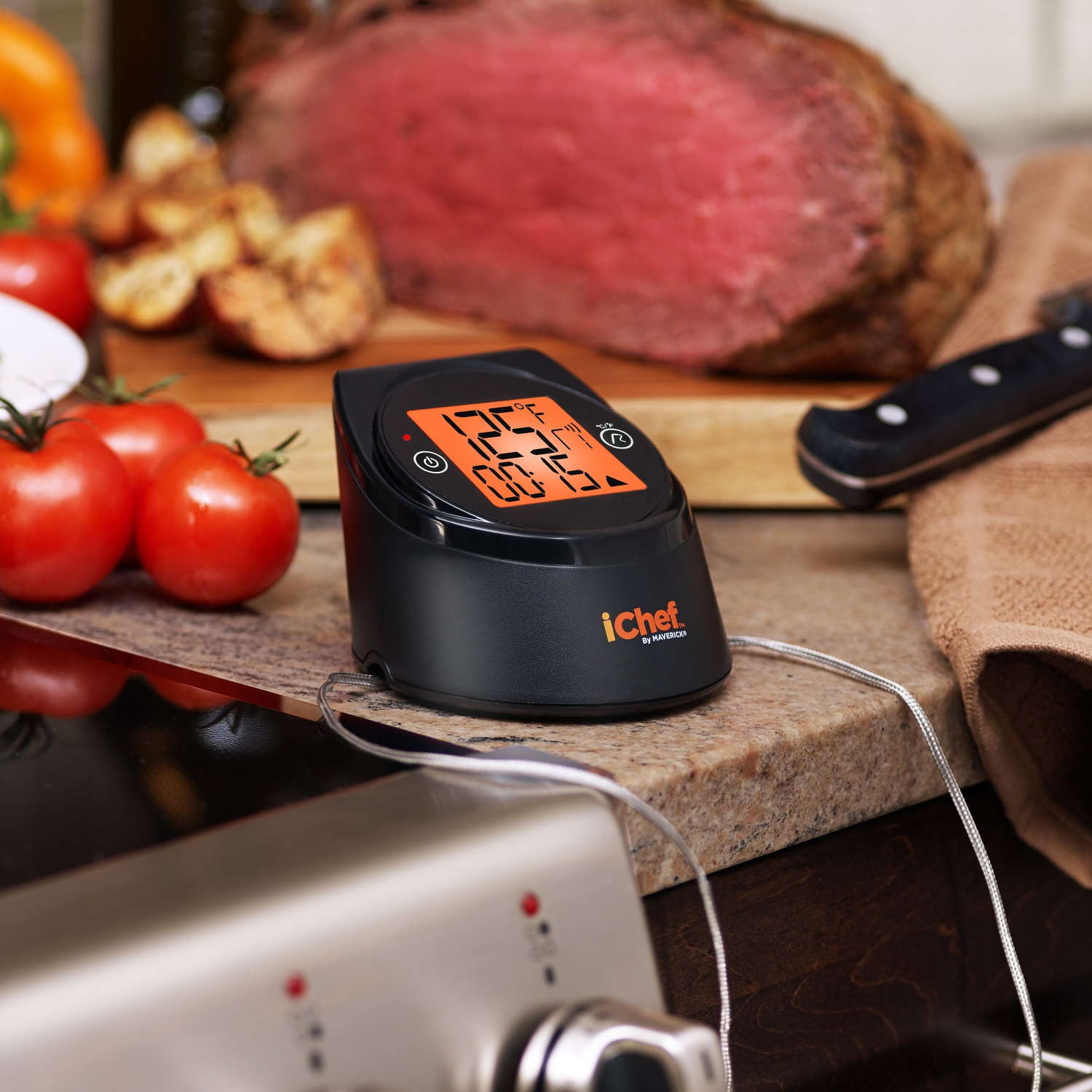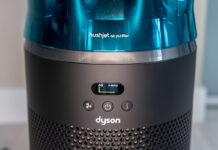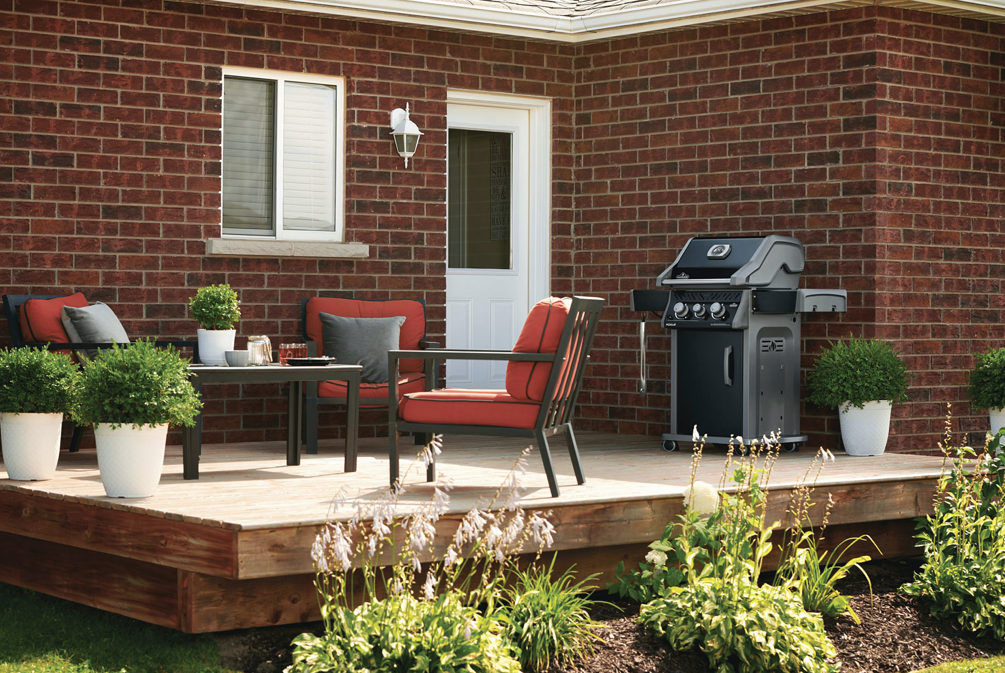
Like most things in life, cooking is a skill developed over time. Being a master behind a barbeque is no exception. With practice, anyone can become a grill master. If you’re new to barbecuing, it’s important to start on the right foot. Once you know the basics, you’ll impress your friends and family with your culinary feats behind a grill.
Grilling vs barbequing
As a cooking method, most people don’t know the difference between grilling and barbecuing. If you assumed it was the same thing, you’re not alone. The big difference is the type of heat used and the total cook time.
With barbequing, food is cooked with a slow circumvented unit of hot air with the lid closed. The type of meat barbecued is often large, bone-in cuts such as ribs, brisket, and pork shoulders. The meat is cooked over indirect heat (away from the flame) for hours until it becomes tender and falls off the bone.
Grilling is how most people cook. Grilling is done with the barbeque lid up. Food is cooked quickly with direct, high-temperature heat on the bottom, instead of all around. If you’re cooking steak, hamburgers, hot dogs, or boneless chicken breasts, you’re grilling.
When purchasing a barbeque, it’s helpful to know beforehand the kind of foods you like to cook. This BBQ Guying Guide does a great job explaining the different types of barbeques to help you decide which one suits your needs. Here’s a couple of things to consider.
Propane or natural gas
If your home has a backyard deck or patio with a natural gas line hookup, you should seriously consider a natural gas BBQ. While they cost more upfront, you’ll never have to worry about fuel again. As a fuel source, natural gas is super affordable and cheaper than propane.
It’s also one of the eco-friendliest fuel sources on the market. The only con with using natural gas is that your barbeque is tied to the gas line. That means you won’t be able to move it around.
Most people will purchase a propane BBQ. They use liquid propane gas stored in a small tank that sits inside or beside the grill. A hose and regulator are used to supply and regulate the gas to your grill.
Propane gas provides a lot of power and heats up quickly. This provides an efficient barbeque and grilling process. However, you will need to refill the tank which can be done at most gas stations. If your tank is light and easy to lift up, it’s probably close to empty. However, most people forget to check and run out of propane in the middle of a cooking session.
If you decide on a propane barbeque, I highly recommend you purchase an additional propane tank. That way if you run out of propane during a grilling session, you’ll have another tank on hand ready to go.
Preparing a BBQ
When learning to BBQ for the first time, it’s helpful to develop good barbequing rituals from the start. This helps to prevent avoidable mistakes a lot of people make.
The first habit is to assess how much propane is in the tank. The easiest way is to quickly pick up the tank. If it has a lot of weight to it, then it’s safe to start cooking. If it feels light, get it filled up or have a spare tank ready.
Second, always remember to turn off the supply of gas to the grill when it’s not in use. This applies to both propane and natural gas barbecues. Begin by opening the propane tank value or natural gas supply line. Then turn the burners on. When you’re done cooking, it’s best to close the valve on the propane tank first, then the burners. This allows excess gas to clear the lines.
Cleaning your BBQ
A good habit to form is cleaning your barbeque at the beginning and end of each grilling season. Personally, I use a pressure washer to clean my BBQ. It’s the quickest and most effective way to clean a BBQ. Take all the components apart and wash each piece with the pressure washer, preferably on a driveway.
Another option is to use a steel brush and mild dish soap to clean the grill grates and inside the grilling top. Then use folded paper towels to apply vegetable oil on the cleaned grill grates. This helps prevent food build-up and rust. The outside of the BBQ can be cleaned with a rag and mild dish soap.
From there, be sure to always clean the BBQ after use. I recommend cleaning it right after you turn it off. When the grill is still warm, clean it with a stiff wire brush dipped in water. Once the surface has cooled, wipe the grate with a damp cloth. This removes residue or brush bristles and ensures your grill is clean and ready for use again.
Learning temperatures and cook time
No matter what you are cooking, a barbecue always needs to be preheated for approximately 10-15 minutes. If the grill is dirty, pre-heating will also burn off excess grease.
Most newer gas barbecues have a hood thermometer on the front to tell you the temperature inside the BBQ. However, it measures the temperature near the top of the hood, not at the grill. Therefore, I don’t recommend using it.
A better method to gauge the temperature is using the hand test. Place your hand three inches over the grill and count until you have to remove it. If the temperature is high (450-650°F) you will remove it in 1-2 seconds. Quick-cooking foods like kebabs or skirt steaks benefit from fast cooking on high heat.
Medium-high (375-450°F) is 4-5 seconds with the hand test. This is the ideal temperature for cooking a medium-rare burger with a nice brown crust. This temperature range allows you to cook the interior of the food without burning the outside.
Medium heat (350°F) is for meats that take longer to cook through like bone-in chicken. The moderate temperature allows the interior to cook without burning the exterior. With the hand test, medium heat is about 6-7 seconds.
Essential BBQ accessories
There’s no shortages of BBQ accessories on the market. Some are essential, others not so much. If you’re starting out from scratch, here are some essential accessories you’ll want to get.
The first is the BBQ grilling tool set. You’ll get everything you need to get grilling such as large forks, tongs, and spatulas. Look for a set with a storage bag or case. That way, you’ll keep all your tools together in one place.
Next, you’ll need a high-quality BBQ brush. I recommend getting a stainless steel brush. Unlike nylon grill brushes, these ones do not melt. Look for a bristle-free grill brush. These are a safe alternative to traditional wire brushes with bristles that can sometimes fall out and get stuck in the grill grate.
If you’re BBQ is not located in a covered area, you will also want to purchase a BBQ/grill cover. These are designed to withstand rain, wind, and snow to protect your BBQ all year round.
If you’re looking for some optional accessories to improve your grilling, consider getting a meat thermometer. There is no shame in using one. It ensures you achieve the proper internal cooking temperature for meat and takes away all the guesswork. After you gain more experience, you’ll become better at grilling without it.
Another optional accessory is a clip-on LED light. This is great if you want to BBQ late into the evening and at night. These lights typically have a magnetic base making it easy to attach to the top of the grill. They are also flexible, allowing you to adjust the light angle to any area on the grill.
Getting the hang of it
With some time and patience, anyone can become a master behind a BBQ grill. The important thing is to develop the right habits from the beginning so it becomes second nature. If you’re looking to buy a new barbeque, check out Best Buy Online to see what BBQ fits your particular needs.

